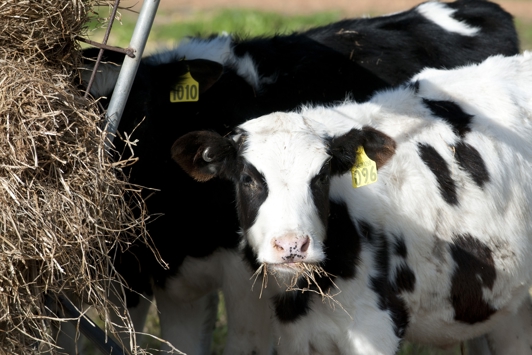Choosing the right stocking rate for your property is vital. If you are intending on keeping livestock on your property make sure you do your research and ensure that the property you purchase is able to carry the number of livestock you plan to keep.
The Stocking rate guidelines for rural small holdings publication provides information and guidelines to help planners, developers, local authorities and landowners determine the base stocking rates for rural small holdings on the Swan Coastal Plain and Darling Scarp and immediate surrounds.
What is a sustainable stocking rate?
Stocking rates refer to the number of stock, e.g. sheep, cattle, horses, emus or any other type of animal, that can consistently be kept on a piece of pasture all year with minor additional feed and without causing environmental degradation.
Stocking rate is often expressed in dry sheep equivalents (DSE) which is the number of adult sheep (wethers) that can be sustained on each hectare all year round. A 50kg wether is the accepted standard for a DSE.
Stocking rates are largely based on the amount of pasture that each particular type of animal will consume but are also influenced by feeding patterns, animal weight, hoof type and activity.
Where the stocking rate is higher than the land’s carrying capacity this is likely to result in animal welfare problems, soil erosion, water pollution and damage to vegetation.
To manage the risk of these problems, most local planning schemes contain provisions requiring that stocking rates in special rural and other ‘rural residential’ zones match those recommended by the department.
The size and characteristics of the property will play a major role in determining if the property can sustain livestock. Some properties will not be suited to certain types of livestock.
The Stocking rate guidelines for rural small holdings publication aims to:
- provide a method and information for determining the base stocking rate most suited to particular soil-landscapes in rural-residential areas
- encourage planners, developers and land management assessors to consider stocking rates during the planning process
- provide information to local authorities and community members to enable informed decisions on stocking rates to be made.
With the right stocking rate you can prevent damage (e.g. soil erosion and damage to vegetation) and ensure that you create a sustainable and healthy small property.
View the Stocking rate guidelines
